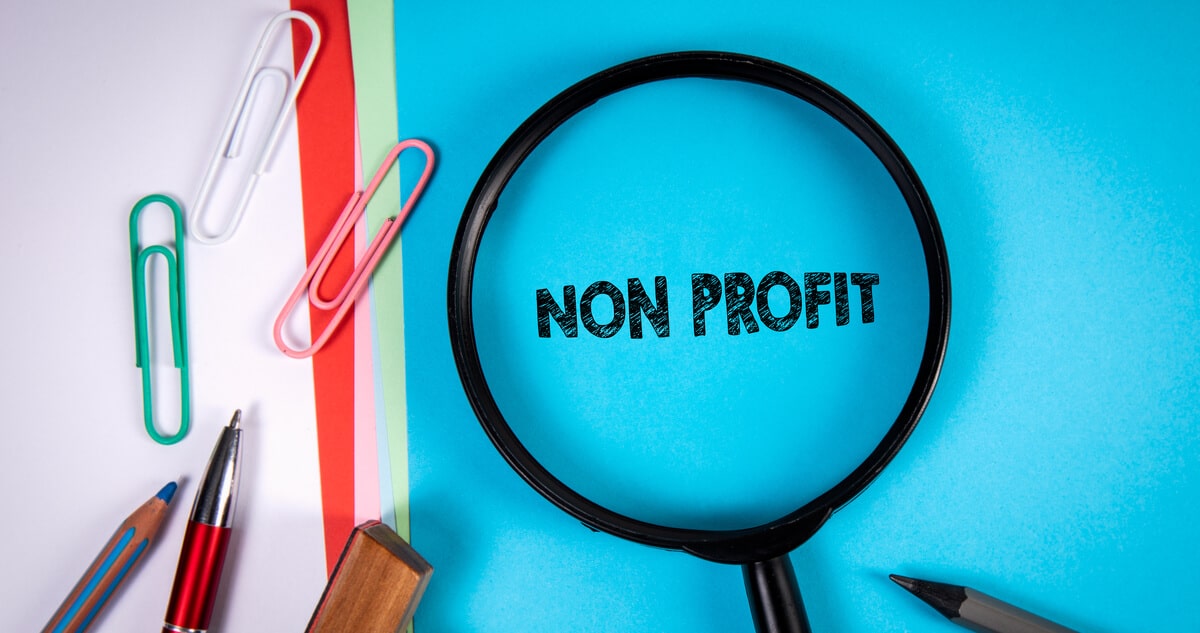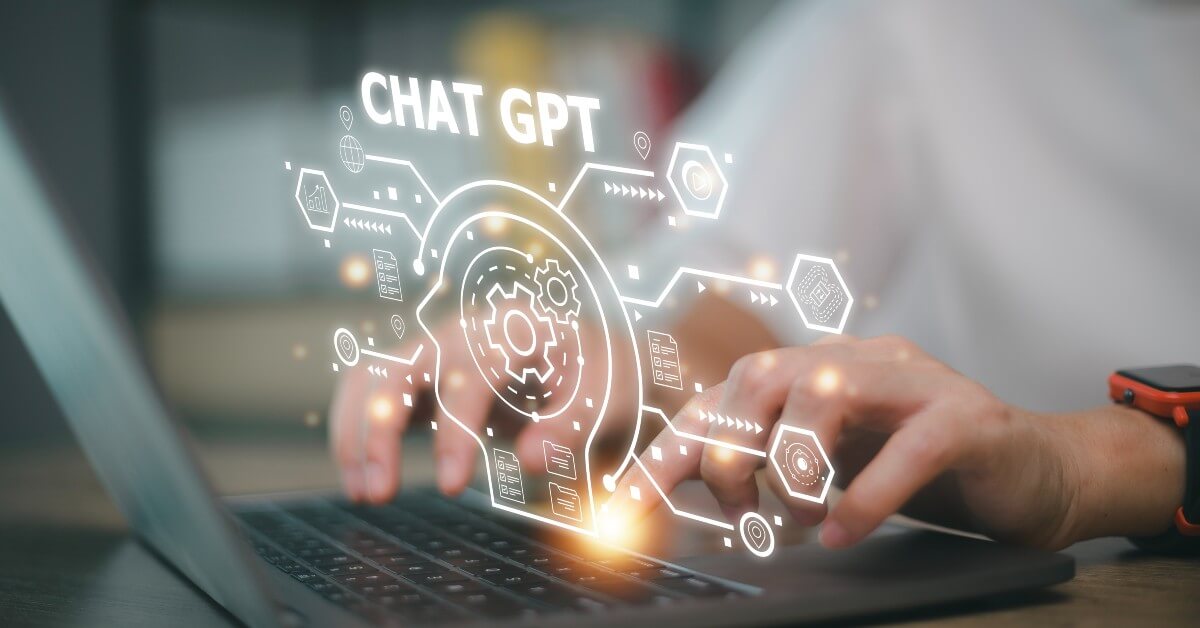TYSONS OFFICE
CORONAVIRUS RELIEF ALERT — CARES Act Alert #14: Second Draw of the Paycheck Protection Program

After a four-month hiatus, the Paycheck Protection Program (PPP) of the Small Business Administration (SBA) should soon reopen to accept new loan applications from eligible small businesses, non-profits, and associations but under modified conditions. This program provides a temporary lifeline for struggling small entities that wish to keep their employees on the payroll (or their own firm afloat if they are self-employed) while the economy continues to recover. With a resurgence of the coronavirus and government-directed closures of some small businesses in communities throughout the United States, Congress included the $325 billion Economic Aid to Hard-Hit Small Businesses, Nonprofits, and Venues Act as part of the Consolidated Appropriations Act of 2021 (H.R. 133) to provide another round of temporary assistance to help small entities deal with the renewed economic uncertainty.
With the issuance of 5.2 million PPP loans worth over $525 billion between April and August 2020, many lessons were learned that are incorporated into this new iteration of the PPP. This new version of the PPP is authorized through March 31, 2021, or until the $284 billion appropriation for the PPP is spent, whichever comes first. This new round will be more selective and targeted to smaller businesses and non-profits that can demonstrate economic hardship, while eliminating previous loopholes that inadvertently assisted larger firms that really did not need the aid.
Listed below are the key elements of the revised PPP:
- Allows previous PPP recipients to apply for a second tranche of funding (now called “PPP second draw”).
- Open only for small entities with no more than 300 employees (down from 500 employees).
- The small entity must demonstrate economic hardship with at least a 25 percent reduction in gross revenues between comparable quarters in 2019 and 2020.
- Maximum PPP loan size is now $2 million (down from $10 million) and is calculated based on 2.5 times the average monthly payroll costs. However, if the small business is in the accommodation and food services industry, the PPP loan can equal 3.5 times the average monthly payroll costs.
- Expands allowable and forgivable expenses to include supplier costs on existing contracts and purchase orders, costs related to worker protective equipment and adaptive costs, and technology operations expenditures.
- Borrowers will receive full loan forgiveness if they spend at least 60 percent of their PPP second draw on payroll costs over a time of their choosing between 8 weeks and 24 weeks.
- Expands PPP eligibility to small 501(c)(6) non-profits (provided that the organization does not receive more than 15 percent of receipts from lobbying and lobbying does not comprise more than 15 percent of its activities) and to local newspapers and television and radio stations that were previously ineligible due to their affiliation with other news organizations.
- Creates a simplified one-page loan forgiveness application process for amounts under $150,000.
- Group insurance payments (i.e., group life, disability, vision, or dental insurance) can be included in payroll costs.
- Affiliation-rules waivers that were used during the first round of PPP funding will continue to apply to a second loan. However, businesses with multiple locations may not employ more than 300 employees per physical location.
- Entities that previously returned all or part of their PPP loan can reapply for the maximum amount applicable, provided they have not received forgiveness.
- Publicly traded companies are ineligible for PPP loans.
For those who previously participated in the PPP program and had their loan forgiven, this legislation clarifies that expenses paid with the proceeds of a forgiven PPP loan are tax deductible. Previously, the Treasury Department ruled that this tax deduction would not be allowed, but this new law will override that administrative ruling to avoid placing more financial burdens on struggling small businesses. Business expenses incurred with forgiven loans under the PPP second draw will also be deductible.
The legislation also includes a new $15 billion SBA grant program for shuttered live venues, theaters, museums, botanical gardens, nature centers, and zoos that demonstrate at least a 25 percent reduction in revenue. Of this amount, there is a $2 billion set-aside for eligible entities that employ 50 or fewer workers. The maximum grant size is $15 million. In the initial 14-day period of implementation of the program, the grants will only be awarded to venues that experienced a 90 percent or greater revenue loss. During the next 14-day period of the program, the grants will only be awarded to venues that experienced a 70 percent or greater revenue loss. After this 28-day period, grants will then be awarded to all other eligible venues. Grants can be used for payroll costs, rent, utilities, and personal protective equipment. However, entities that receive a grant under this program will be ineligible to receive a PPP loan.
Finally, the bill includes $20 billion to extend the COVID-19 Economic Injury Disaster Loan (EIDL) Advance program through December 31, 2021. While an EIDL must be repaid, this loan can help pay business expenses not fully covered by the PPP. The COVID-19 EIDL program provides a grant of up to $10,000 to applicants while they await a final decision from the SBA regarding their loan application. This legislation also repeals the requirement that PPP borrowers deduct the amount of their EIDL advance grant from their PPP forgiveness amount.
The SBA will have just 10 days to draft regulations to implement the provisions of this new law (if it is signed into law as expected). We will continue to keep you informed about any regulatory updates that are required to carry out the specifics of this Economic Aid to Hard-Hit Small Businesses, Nonprofits, and Venues Act.
Looking for a nonprofit lawyer? Gammon & Grange, P.C. has many knowledgeable nonprofit attorneys and church attorneys who can advise you on many areas that pertain to your nonprofit. Contact us today to discuss your particular legal needs.
To explain key relief for 501(c)(3) nonprofits and small businesses in the $2 trillion CARES Act (complete text) and subsequent funding laws, we published our CARES Alert #1 (Help for Small Businesses & 501(c)(3)s via the PPP); CARES Alert #2 (Get Ready to Apply); CARES Alert #3 (PPP vs EIDL), CARES Alert #4 (Treasury Guidance), CARES Alert #5 (SBA’s Interim Final Rule), CARES Alert #6 (IFR on Affiliation & Religious Nonprofits); CARES Alert #7 (FBO Guidance), CARES Alert #8 (Unemployment Benefits, including FBOs); CARES Alert #9 (Safe Harbor Guidance – Just in the Nick of Time); CARES Alert #10 (Fixes to the PPP); CARES Act Alert #11 (New EZ PPP Loan Forgiveness Application) and CARES Act Alert #12 (President Signs Extension of PPP Loan Application Deadline).
Our CARES Act Team is available to help you navigate these difficult issues, including the unique issues faced by nonprofits, religious organizations, and churches. For assistance, please contact one of our designated attorneys: Nancy LeSourd, Matthew Szymanski, Scott Ward, or Derek Gaubatz. Our CARES Act Team also includes our non-attorney consultant Phil Eskeland. Mr. Szymanski and Mr. Eskeland bring experience from their past service, respectively, as the chief of staff and the deputy chief of staff of the Small Business Committee of the U.S. House of Representatives, including during the legislative response to 9/11.




